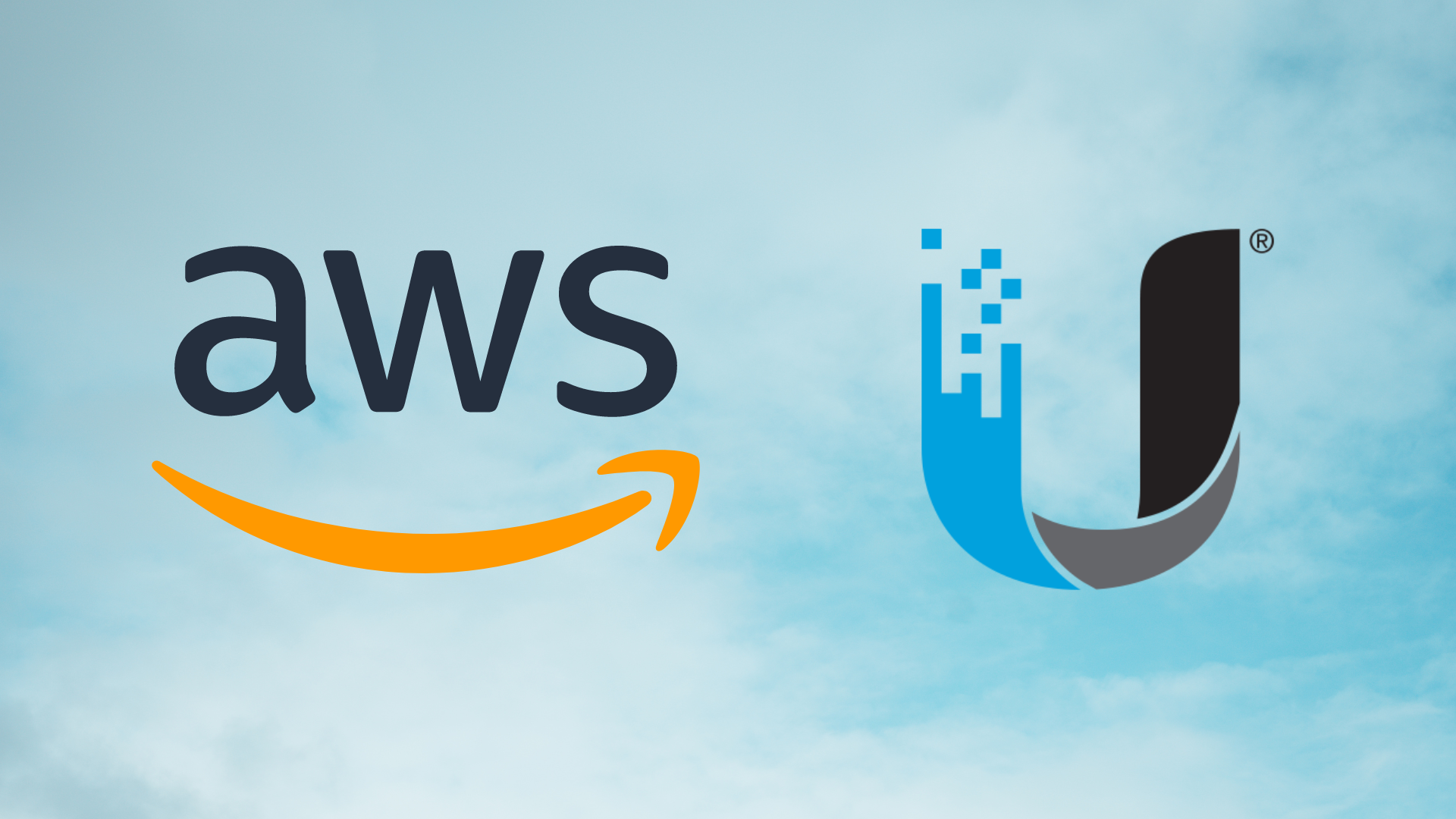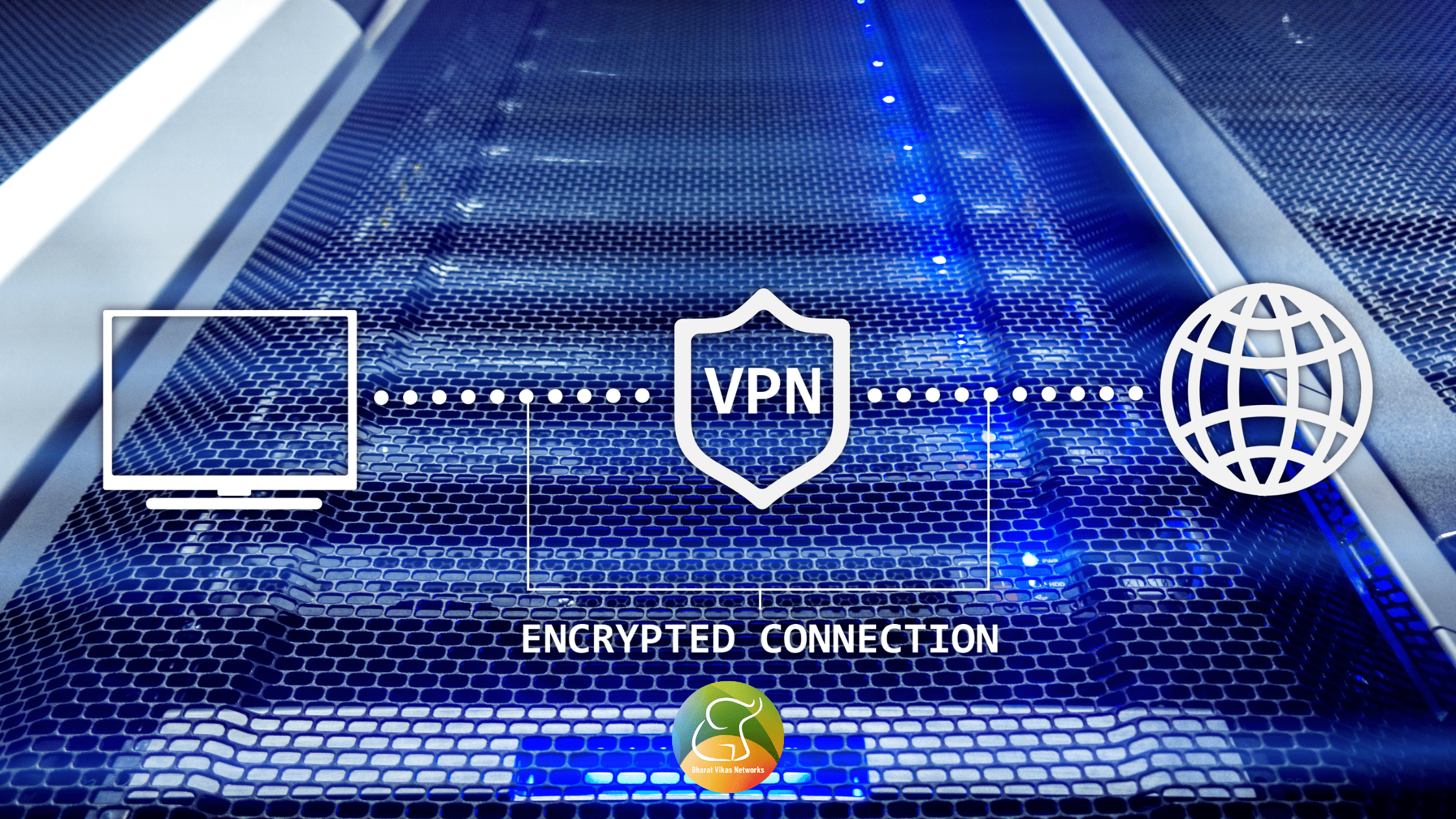Currently, SD-WAN is seen as a technology that has the ability to completely change how WAN services are used. It backs a novel idea called “application-driven networking,” where the network is anticipated to perform as required by customers, services, and applications. In a nutshell, SD-WAN is a centralised management of WAN networks, often with a special connection to security and cloud computing. Customers may manage their networks easily in this way independent of the connectivity provider. One of the things with the most buzz right now that has a noticeable impact on CC services and WAN systems is SD-WAN. The way we currently use network services has been influenced by SD-WAN. More significantly, it has a tremendous potential to alter how we utilise communication services going forward.
Although SD-WAN is a new technology, there are many myths among prospective consumers about it, and from the perspective of the customer, SD-WAN offers the following advantages:

1. Application visibility: With SD-WAN, a client may “see” across the entire infrastructure and even down to the level of individual application processes. This creates possibilities for more straightforward problem identification.
2. Alerts and notifications: SD-WAN enables administrators to receive end-to-end problem reporting (such as SLA violation) without tracing.
3. Cloud proxies: SD-WAN can serve as a tool and fuel for further CC migration, and it also gives users the opportunity to monitor CC environments all the way down to the application layer.
4. Centralized application and security policy management for greater flexibility and security: SDWAN provides tools to address application and security rules, network behaviour configuration and tuning, and SLA creation and management.
5. Production portal: SD-WAN offers a single environment focused on providing all the functions, as opposed to requiring numerous programs to maintain existing WAN solutions.
6. High availability and resilience: Possibility of employing reliable and dynamically resolved redundant solutions, ranging from device redundancy, pathways (also Active / Active), to application redundancy, as well as performance tuning and load balancing.
7. CPE and NFV: Capability to combine many functions that were previously performed by different devices into a single physical solution at the branch.
8. Capability for flexible access solutions: The solution makes it easier to manage available bandwidth (adding and removing access lines) and path selection, allowing you to manage services across various access SPs.
Get in touch with us if you have any requirements related to SD-WAN.








